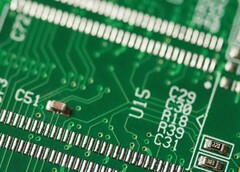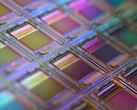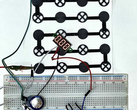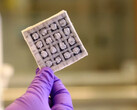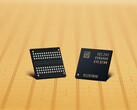A new kind of memory cell that can both store information and perform superfast calculations has emerged from recent research. This breakthrough, highlighted in Nature Photonics, could lead to faster, more efficient AI processing while slashing energy use in data centers.
This memory cell works by using magnetic fields to steer light signals through a ring-shaped resonator. This part boosts specific light wavelengths, sending them in either clockwise or counterclockwise directions to specific output ports. The brightness of the light at each port encodes values like zero and one—or even zero and minus one.
Traditional memory cells usually store information as simple zeros or ones, but this new design can store multiple non-integer values, managing up to 3.5 bits per cell. It’s like two runners going around a track in opposite directions, with environmental factors changing their relative speeds and the difference used to code positive or negative numbers.
These encoded values play a key role in artificial neural networks, helping to strengthen or weaken connections between nodes. This is especially useful in tasks like image recognition, where neural networks interpret visual data using processes that work somewhat like the human brain.
One of the standout perks of this technology is its efficiency. Regular computers keep storage and calculation separate—crunching numbers in the CPU before saving the results to memory. But this new cell handles high-speed calculations right inside the memory itself, which is a huge boost for AI applications that need to process data quickly.
The research team put their design through rigorous testing and proved it can withstand over two billion write-and-erase cycles without a drop in performance. This durability is a thousand times better than previous photonic memory technologies. For context, typical flash drives can usually handle between 10,000 and 100,000 of these cycles.
Looking ahead, the team wants to add more cells to computer chips and explore even more complex calculations. This technology could cut down the power needs of AI systems, taking a step toward making computing more efficient.
Source(s)
Nature (in English)




